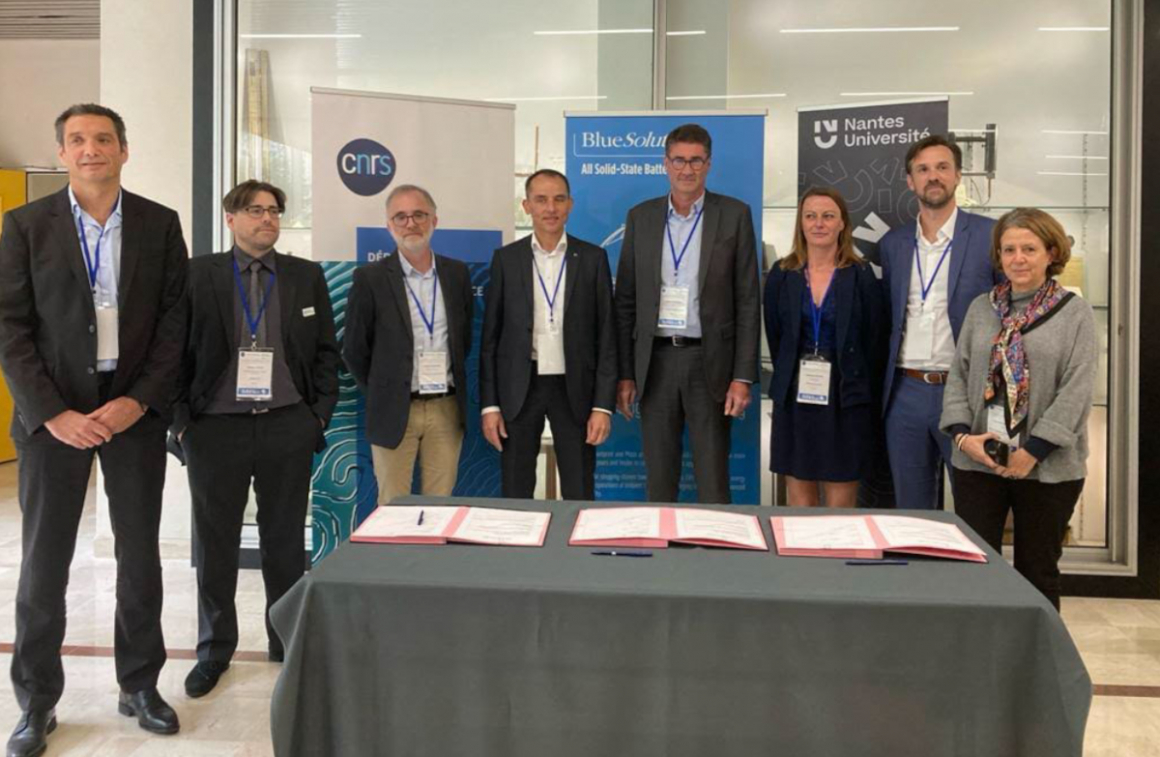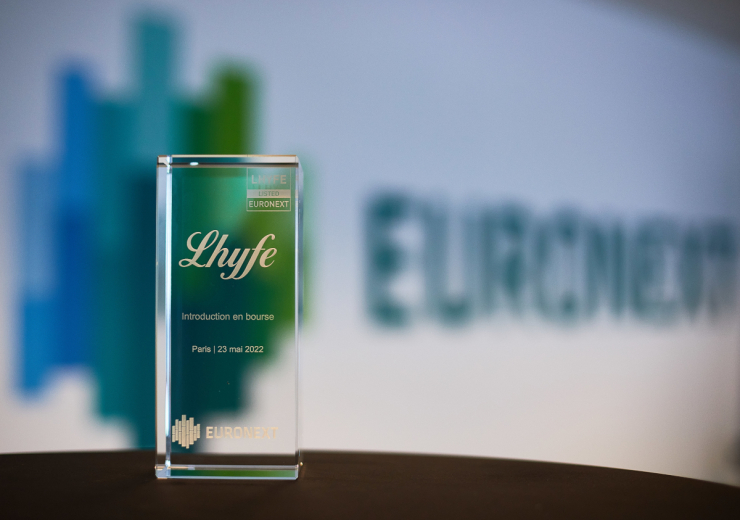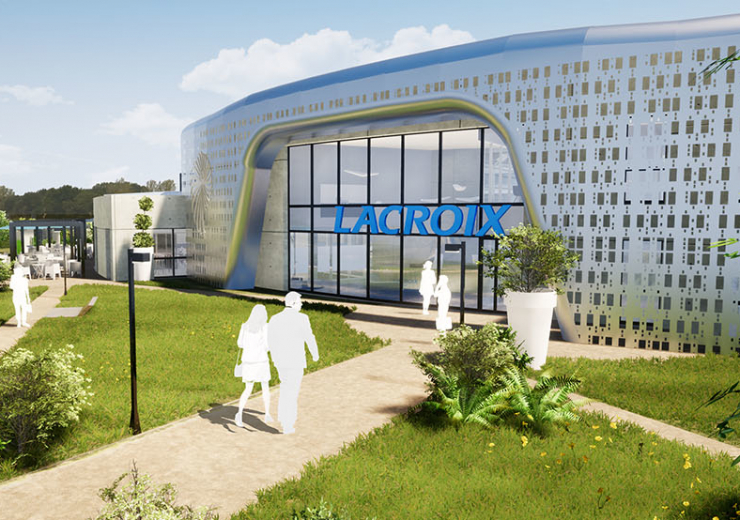While the British group Harmony Energy is carrying out a project to create a battery energy storage plant in Beaupréau-en-Mauges, Atlantic France, the Bolloré Group subsidiary, Blue Solutions, is expanding its R&D on lithium-metal-polymer batteries by creating two new laboratories in Grenoble and Nantes.
Battery energy storage is a booming market, and projects are flourishing in the Atlantic France region. British group Harmony Energy and French company Blue Solutions are respectively investing about €30 million and several billion in new projects in this field.
Coming soon: a battery energy storage plant in Beaupréau-en-Mauges
The French subsidiary of the British group Harmony Energy is working on a battery energy storage plant in Beaupréau-en-Mauges with a capacity of up to 100 MW. Its final size, depending on the cost of connection requested by RTE (the French operator responsible for the public electricity transmission network), might be smaller. The investment will represent more than €30 million, and the project should be commissioned in the winter of 2024/2025.
The batteries will be based on lithium-ion, rather than NMC (nickel, manganese, cobalt) technology. The batteries are expected to last about 15 years and will then be dismantled. Harmony Energy already has two storage plants (41.5 MW) in the UK and is developing 9 more.
The first new generation “all-solid lithium metal” battery by Blue Solutions
Bolloré Group’s subsidiary, Blue Solutions, is expanding its R&D on lithium-metal-polymer batteries by creating a new laboratory with the Nantes Jean Rouxel Materials Institute (Nantes University/CNRS). The aim is to mass-produce this type of battery, the first new-generation ‘all-solid lithium-metal’ battery and an alternative to lithium-ion technology, by 2028.
For the record, the all-solid state battery differs from lithium-ion solutions, which are currently the most widespread. In the latter, the electrodes (cathode and anode) are linked by a liquid electrolyte. Blue Solutions uses a polymer electrolyte that is assembled using thin films.
The new laboratory, which will mobilise some fifteen researchers, is the continuation of a cooperation which was founded 25 years ago by Bolloré and the Nantes institute. 13 patents have come about as a result of this cooperation.
Nantes University places partnership research at the heart of its innovation strategy. The historic collaboration between the Nantes Institute of Materials and the company Blue Solutions is an exceptional example of this. Through the creation of this LabCom, Nantes research confirms both its excellence in the field of battery optimisation and its desire to work in synergy with the socioeconomic world.
Carine Bernault, President of Nantes University
A market in the making
The share of renewable energies in the global power mix is increasing. Their production is intermittent, therefore due to the new uses of the electricity system and the gradual abandonment of fossil resources, energy storage is a market in the making. These storage solutions are set to become an essential part of smart grids.
According to Jean-Baptiste Behaghel, Deputy Managing Director of Blue Solutions, the transition to 100% electric vehicles, envisaged for 2035, can only be achieved through a new generation of all-solid lithium-metal batteries. For both companies, the objective is to generalise these technologies for the mass market.


 日本語
日本語  Français
Français 



